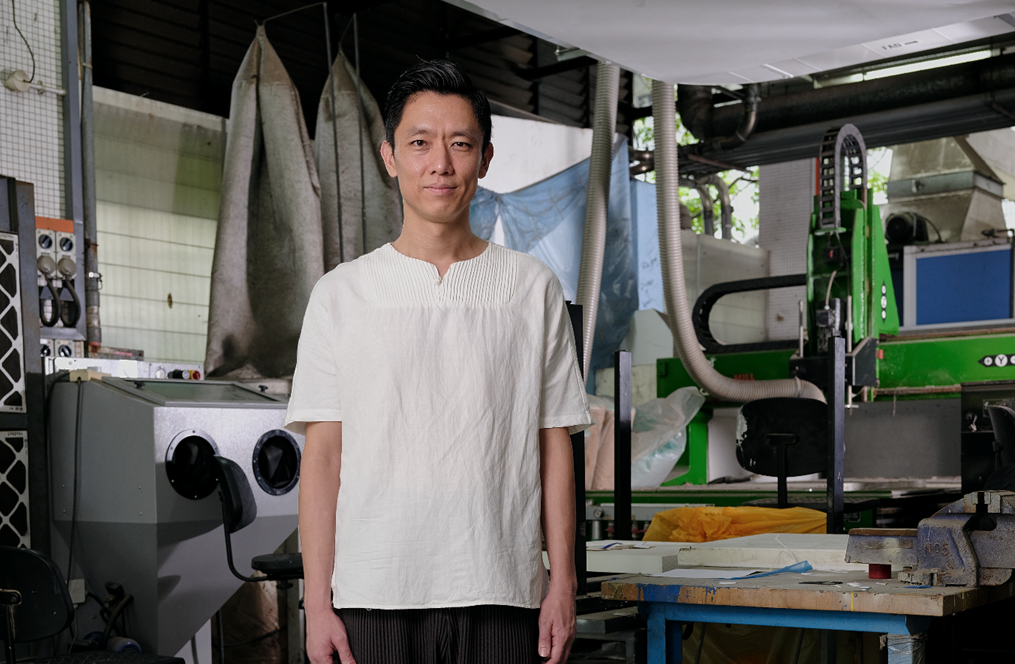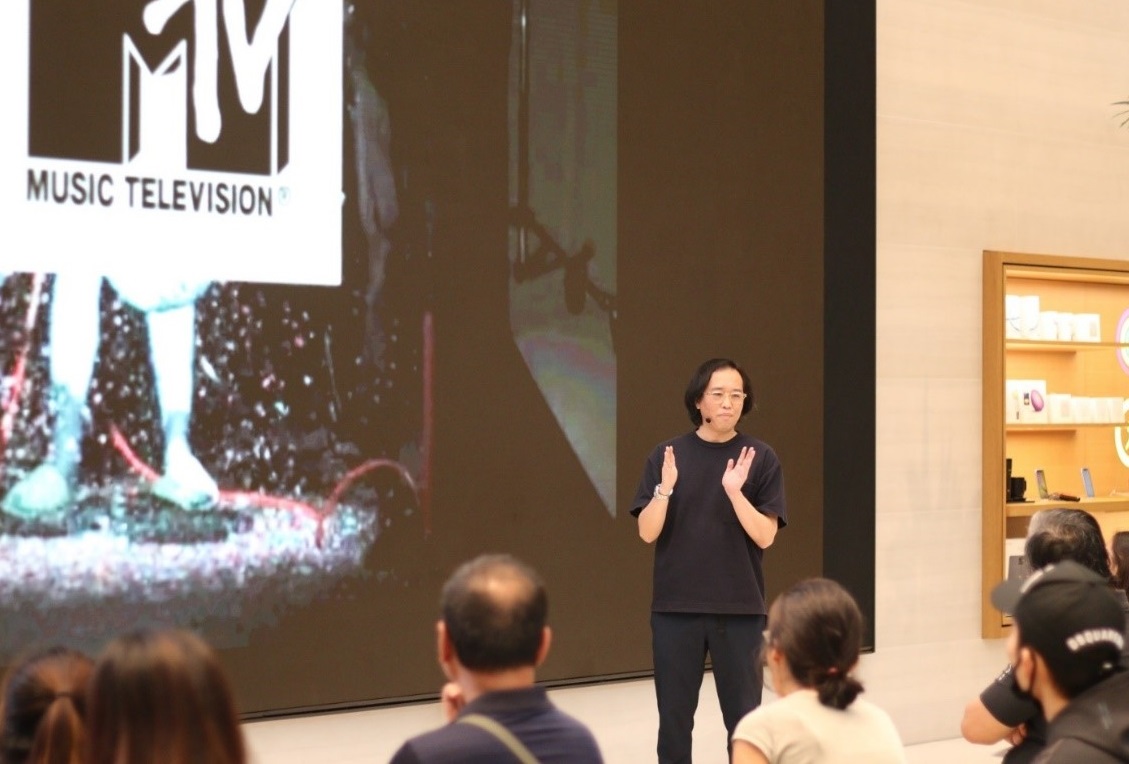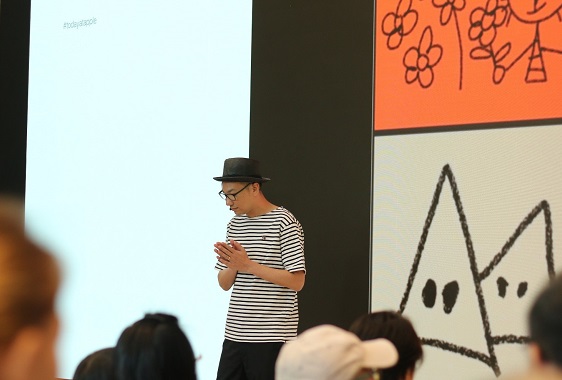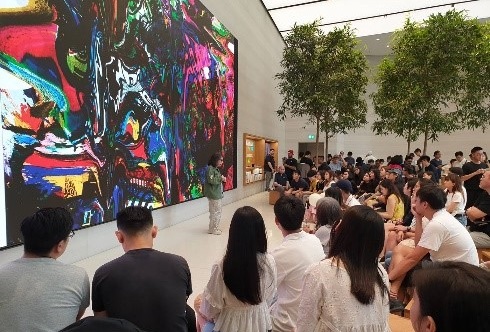The President*s Design Award (P*DA) and Today at Apple brought you a series of complimentary workshops throughout 2018 and 2019. Conducted by P*DA recipients, these workshops focused on different areas of design. Here’s a low-down on the last session of the series, which was conducted by Hans Tan, and held at Apple Orchard Road on 11 January 2020.
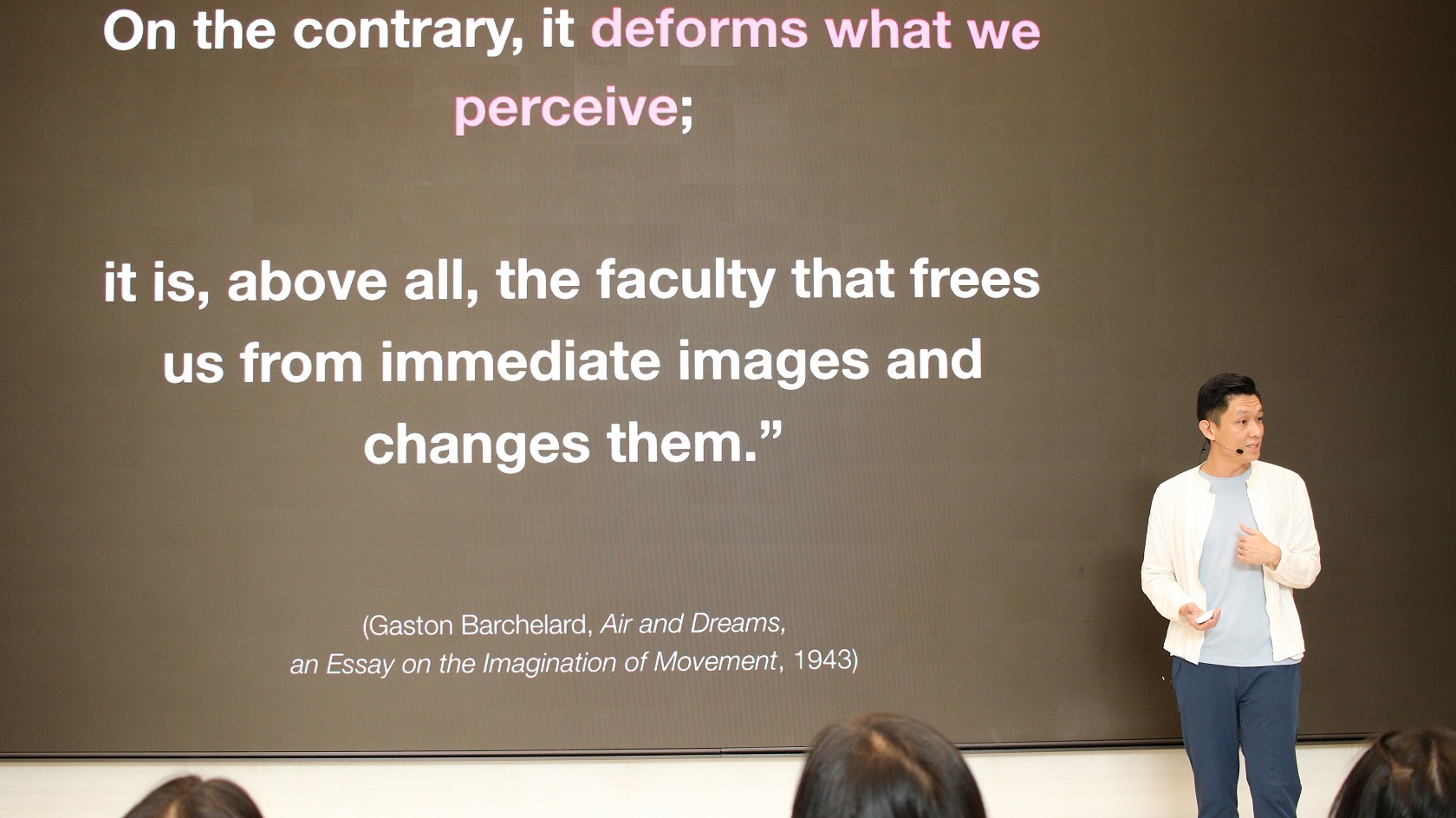
Imagination has the power to transform the ugly into the beautiful, weaknesses into strengths and roadblocks into goldmines. According to Hans Tan, who was the 2018 President*s Design Award Designer of the Year, this transformative process begins with looking at everyday things.
“Whenever I get stuck or meet with a roadblock, I tell myself that it's not a roadblock. I deform that scenario. I tell myself that it is actually a goldmine,” shared Hans, who founded his eponymous design studio in 2007.
“Because once you're able to come up with a breakthrough, you're actually doing something that most people can't do.” This was the essence of Hans’ workshop on Saturday, 11 January 2020, at Apple Orchard Road.
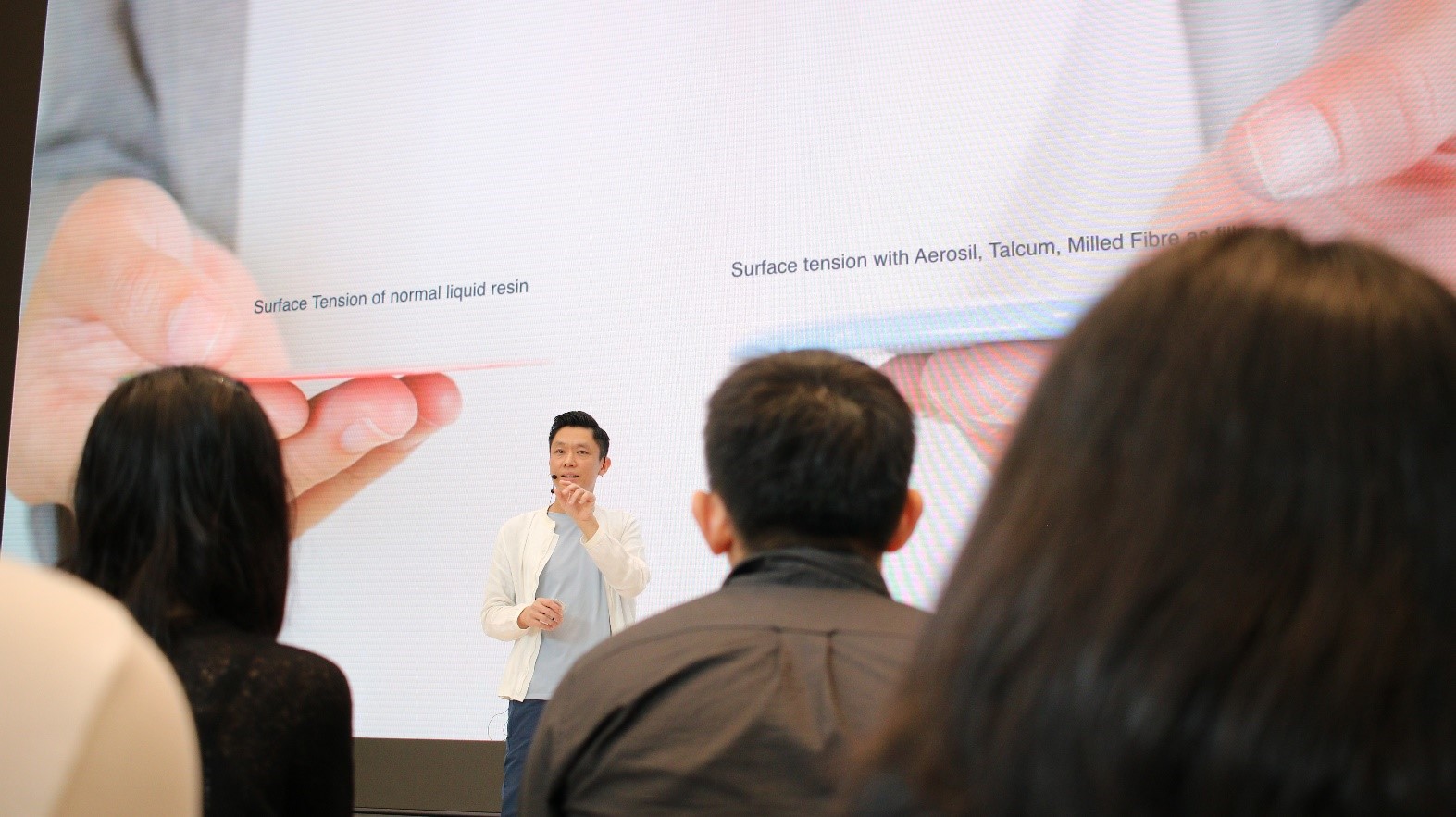
Hans, who also teaches industrial design at the National University of Singapore, strives to explore and unlock creativity in his own work and with his students. To use his favourite expression, a key to creative thinking is harnessing the power of the imagination to "deform what you see".
Hans sums up creativity in this formula: "See + Imagine = Observe". The act of observing involves using both the eyes and the mind in an active, imaginative process. The goal of the workshop was thus to use the imagination to filter and transform what we see, so as to come up with interesting ways to see the world differently.
5 new ways to “see”
At the workshop, Hans outlined five ways in which we can use imaginative observation, each illustrated with examples from his own design work.
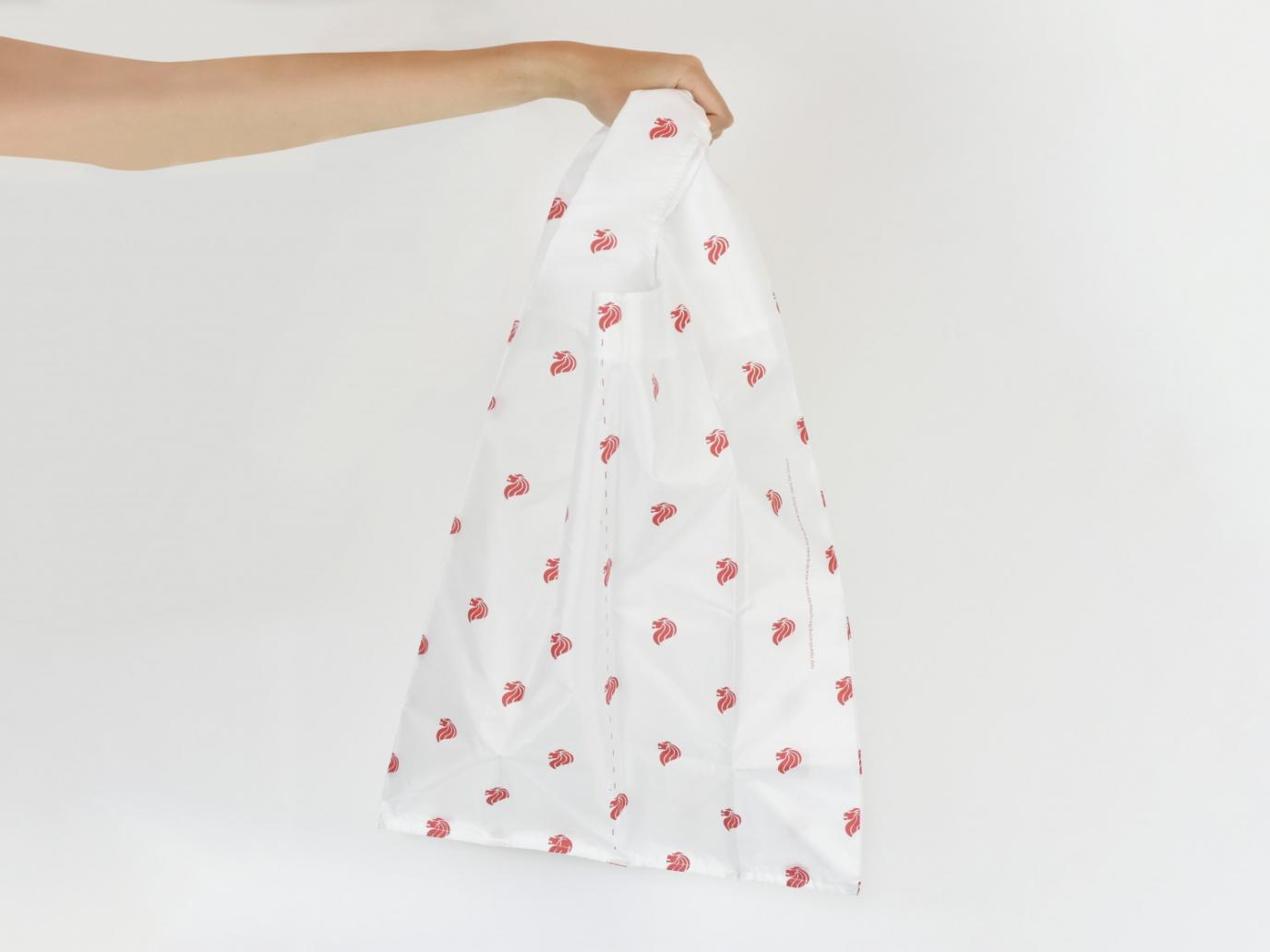
Image from hanstan.net
1. Observe our behaviour. In response to a competition to design a bag for the National Day Parade, Hans found inspiration in the common plastic bag with the Merlion logo widely used in local shops. He observed his grandmother folding these bags into neat little triangles for easy storage. Hans designed a reusable bag with dotted lines to guide the user in folding the bag like origami. He explained, "I was not just designing a new bag, I was designing a way of behaviour that someone who buys this bag can follow and learn. "
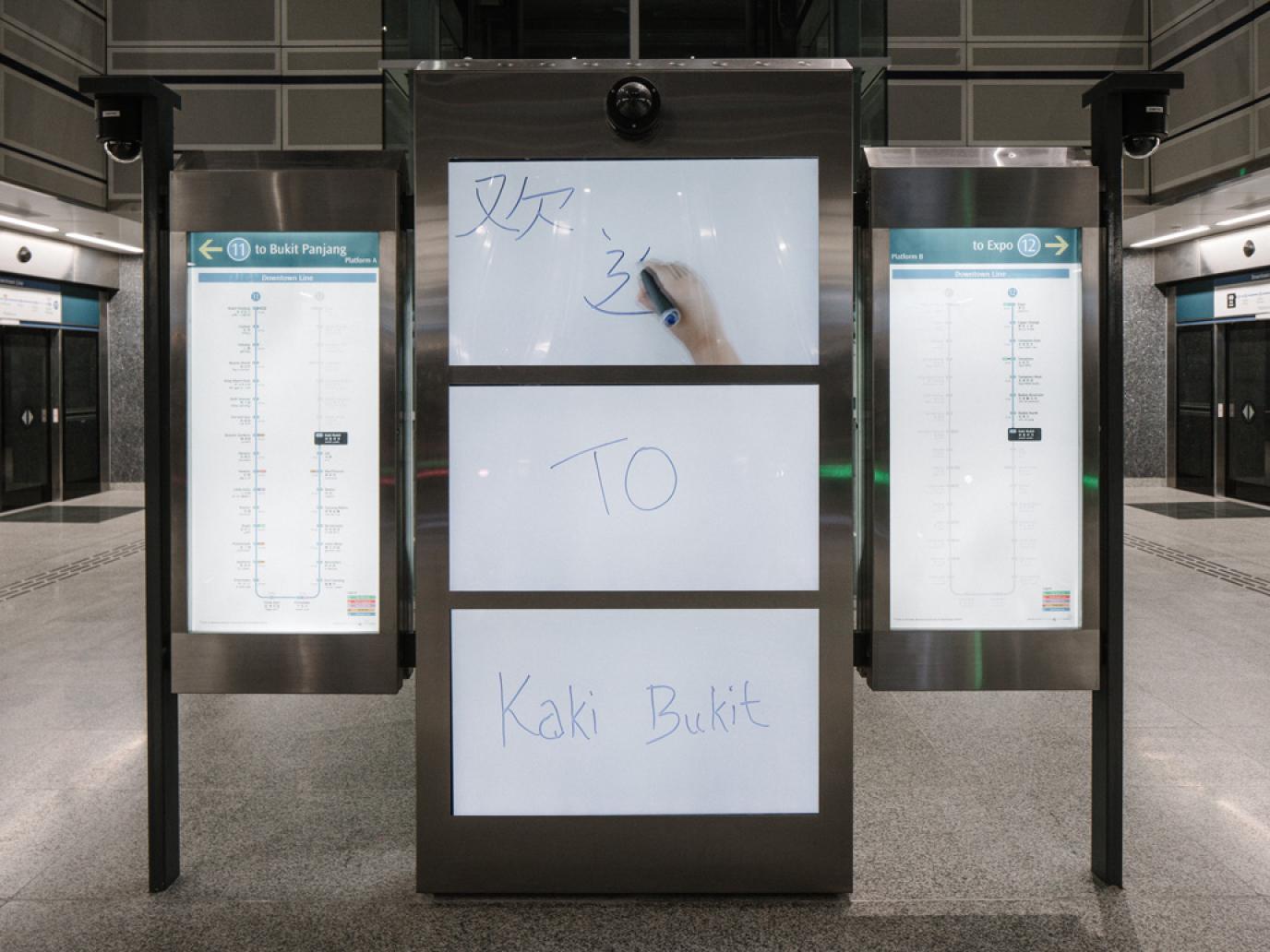
Image from hanstan.net
2. Observe our surroundings. As part of the Land Transport Authority’s Art in Transit Programme for the Kaki Bukit MRT station, Hans drew inspiration from the contrasting industrial and residential landscapes around the station and the frequent use of the colour blue in the area, seen on building facades, and in various materials like tarpaulin canvas. He created a video installation showcasing the hands of the workers from the area and residents writing out the words “Welcome to Kaki Bukit” , using blue as a colour to tie them together.
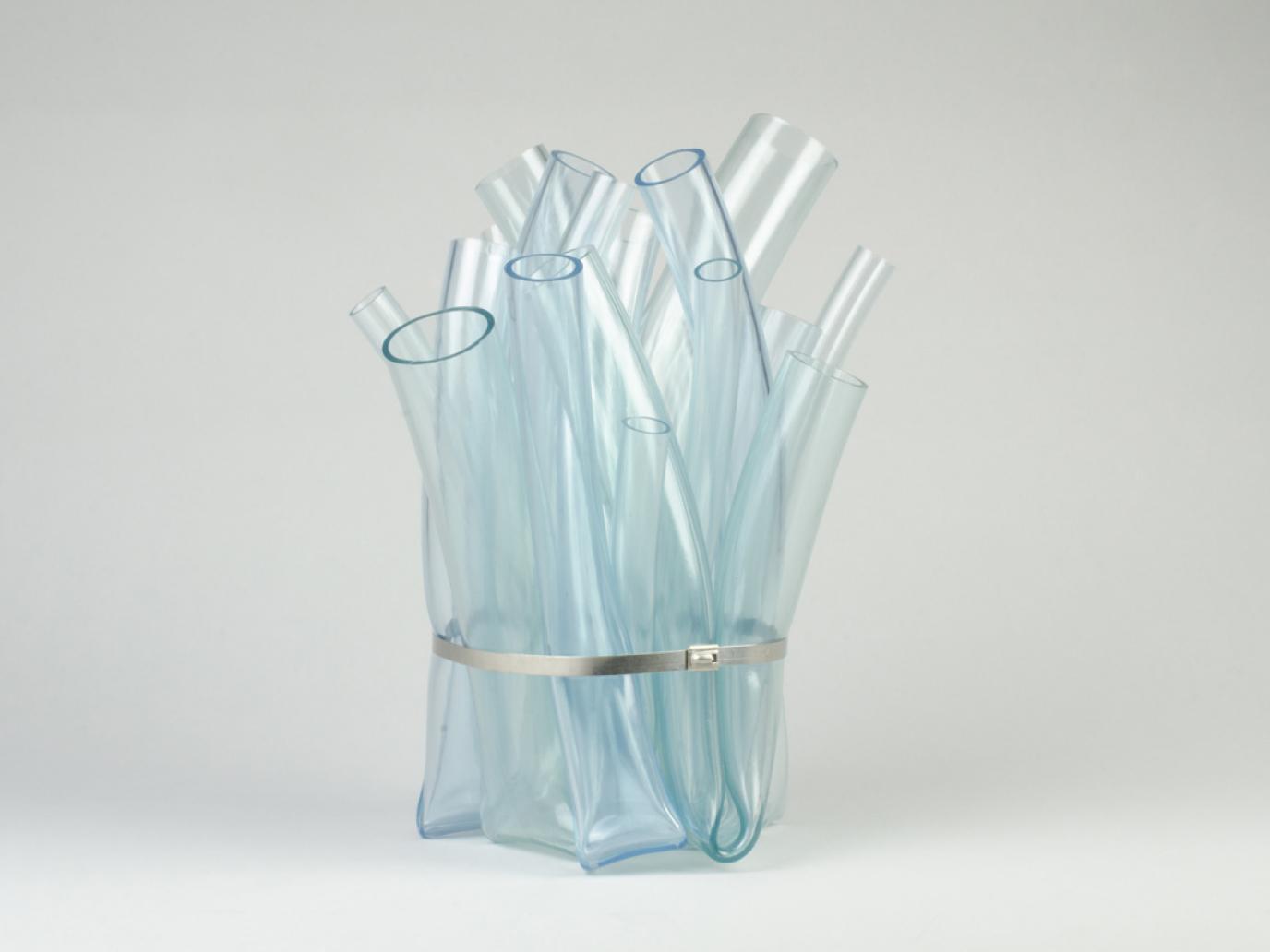
Image from hanstan.net
3. Observe our everyday things. Inspired by ordinary hoses from hardware shops, Hans designed vases made from rubber tubes, bundled together like flower arrangements.
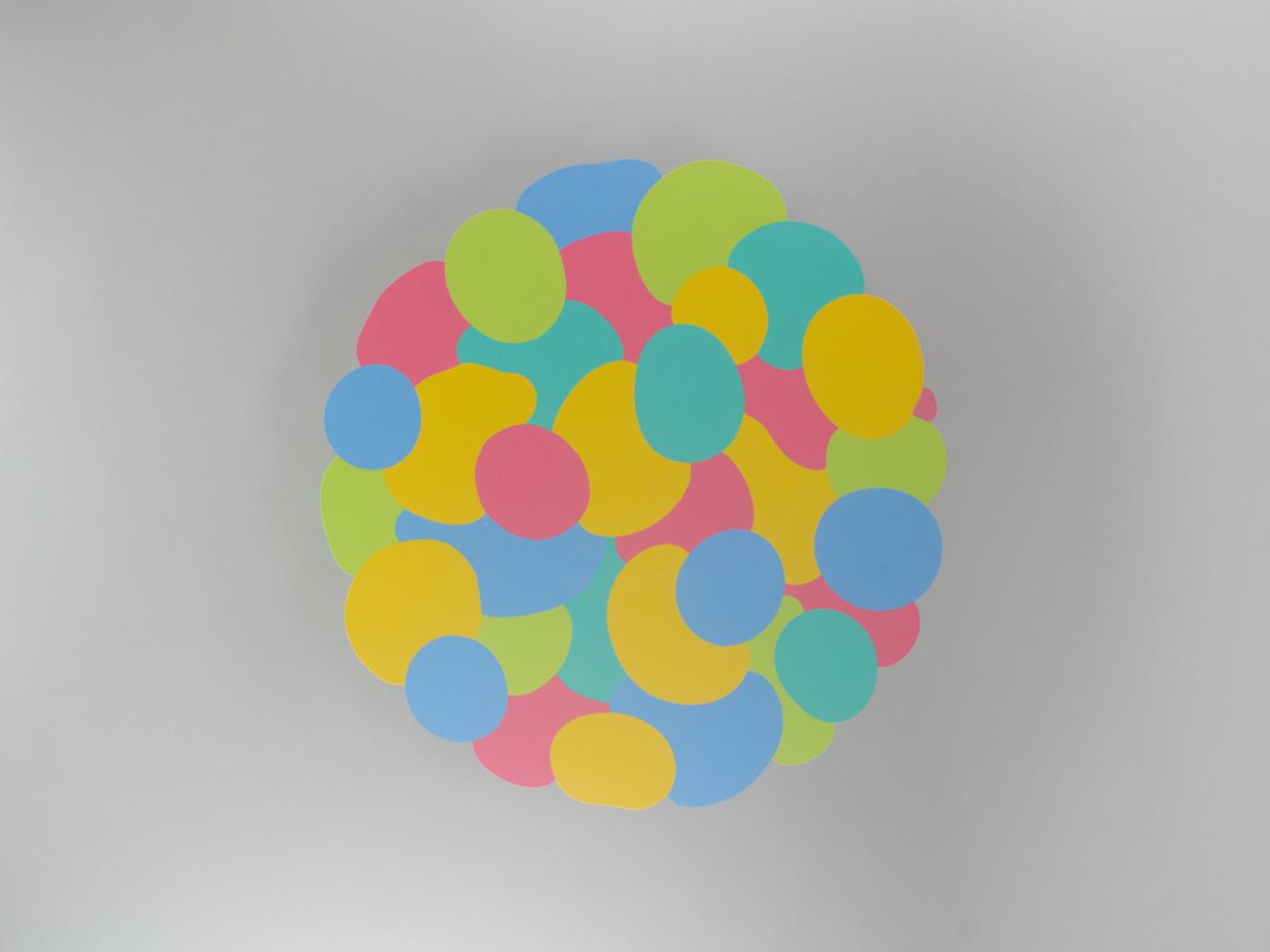
Image from hanstan.net
4. Observe our cuisine. Hans' imagination was sparked by the local dessert, kueh lapis, and his wife's homemade macarons. Drawing on these ideas and countless experiments, Hans created a new "recipe" for using plastics to produce a table, resulting in the Pour side table, which received the P*DA Design of the Year in 2015.
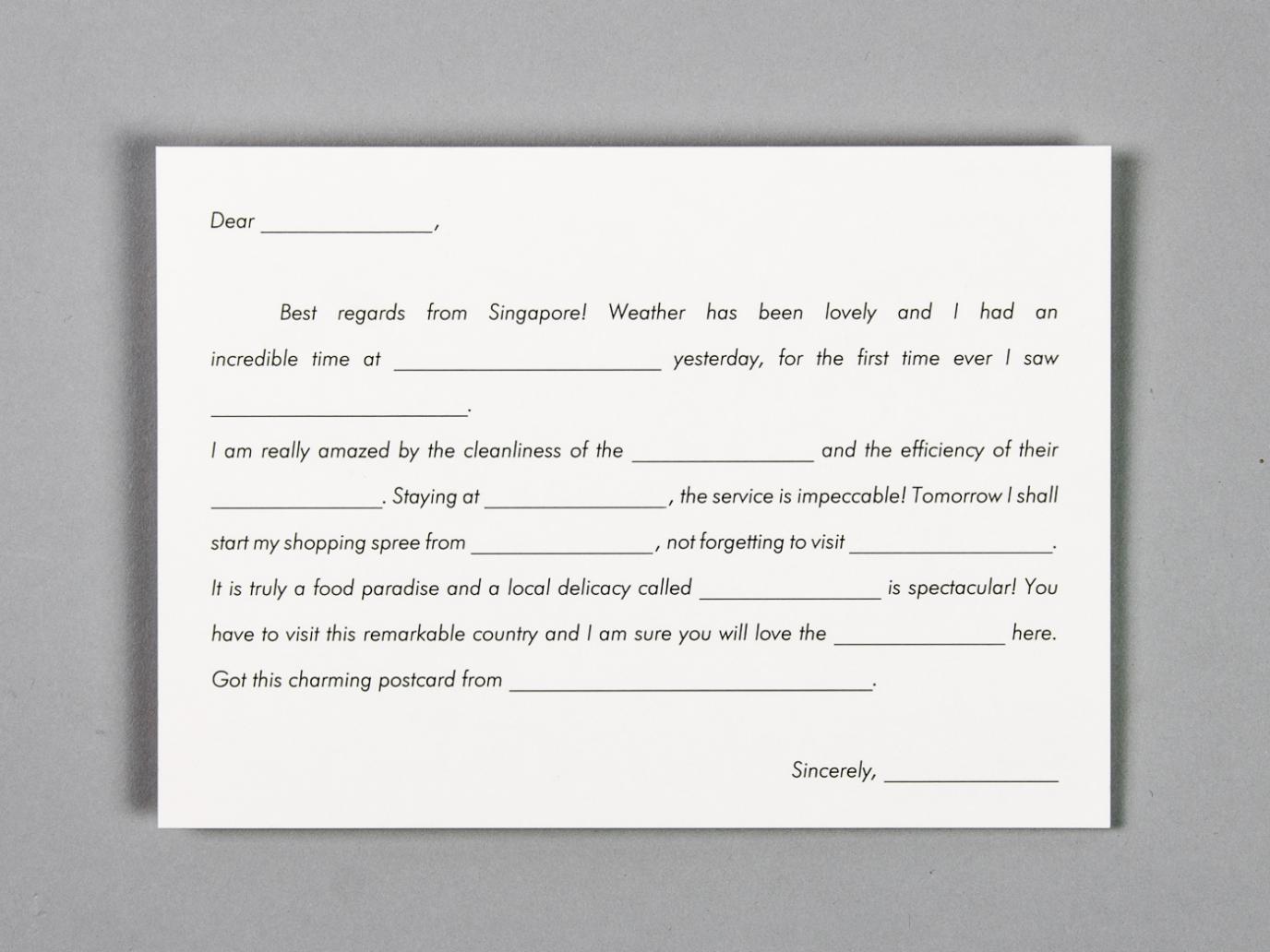
Image from hanstan.net
5. Observe our messages. In a twist on the traditional tourist postcard, Hans created a Picture Perfect Postcard that had a pre-written message with blanks to fill in, designed to present Singapore in a positive light.
"Everywhere alphabets"
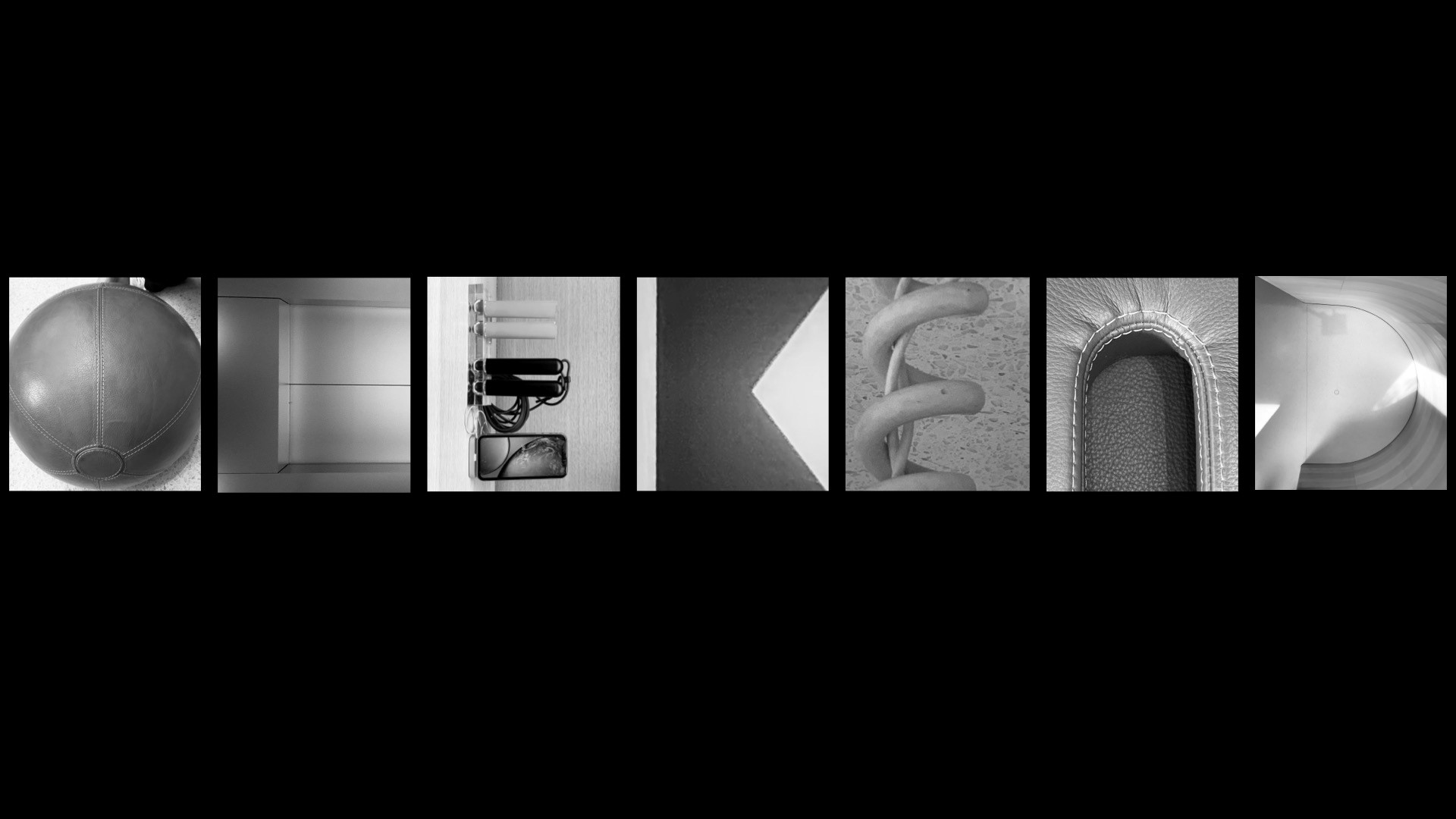
“WEEKEND”- Image provided by Hans Tan
Hans then gave the participants an exercise to spark their powers of creative observation through an activity called "Everywhere Alphabets". Participants were tasked to search for alphabets from the surroundings in the Apple store, such as a chair in the shape of the letter A. He then guided participants to take photos of these letters, edit them, and to put them together to form a word of their choice. Hans showed some examples, and together with the Apple Creative Pro, demonstrated how to edit the photos to bring out the shapes of the letters using the iPad.
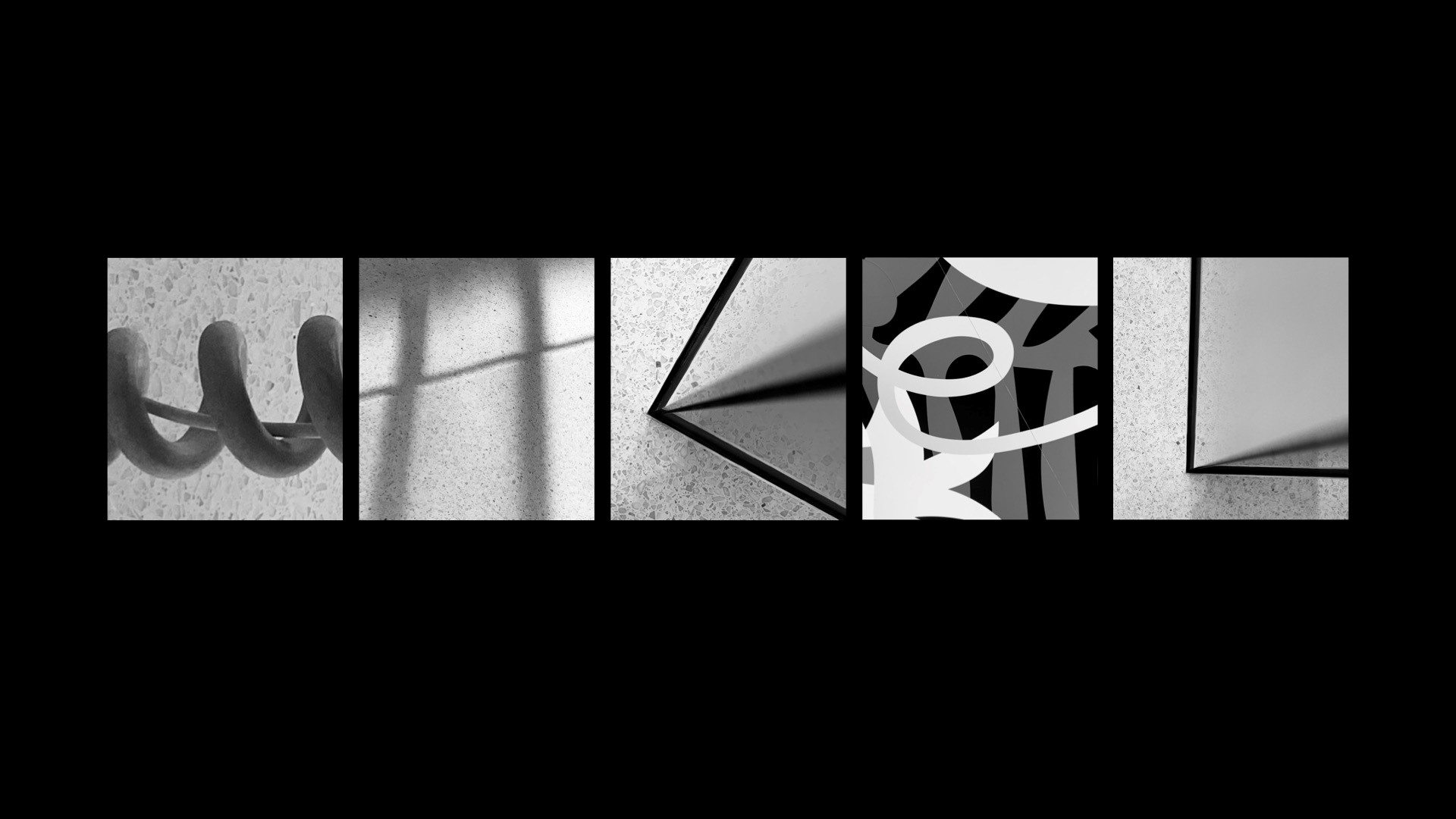
“WHEEL”- Image provided by Hans Tan
The participants then went off on a treasure hunt for letter forms around the Apple store. As they snapped images and tweaked them on their devices, Hans walked around to offer tips and encouragement.
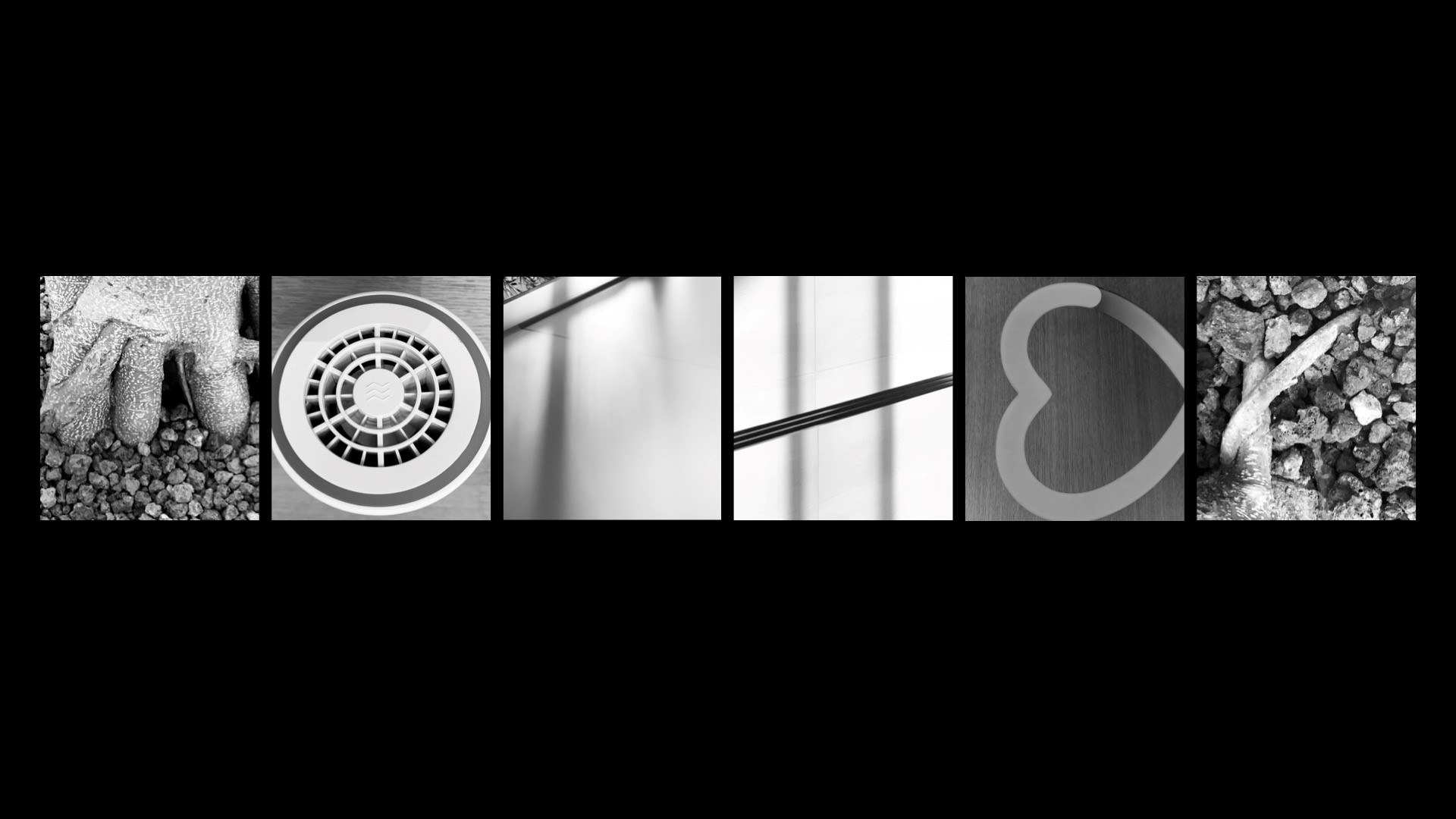
“MOTHER”- Image provided by Hans tan
Afterwards, participants were invited to share their works. The participants showed many creative approaches to meeting the challenge, as they discovered letter shapes in trees, wires, artworks, windows and even human legs. Some made imaginative use of light, shadows and negative space.
Transforming the ordinary
The power of the imagination, for Hans, extends far beyond design and can be applied to all areas of life. He shared five ways to change our perspective to transform negatives into positives, illustrating with vivid stories from his personal experience.
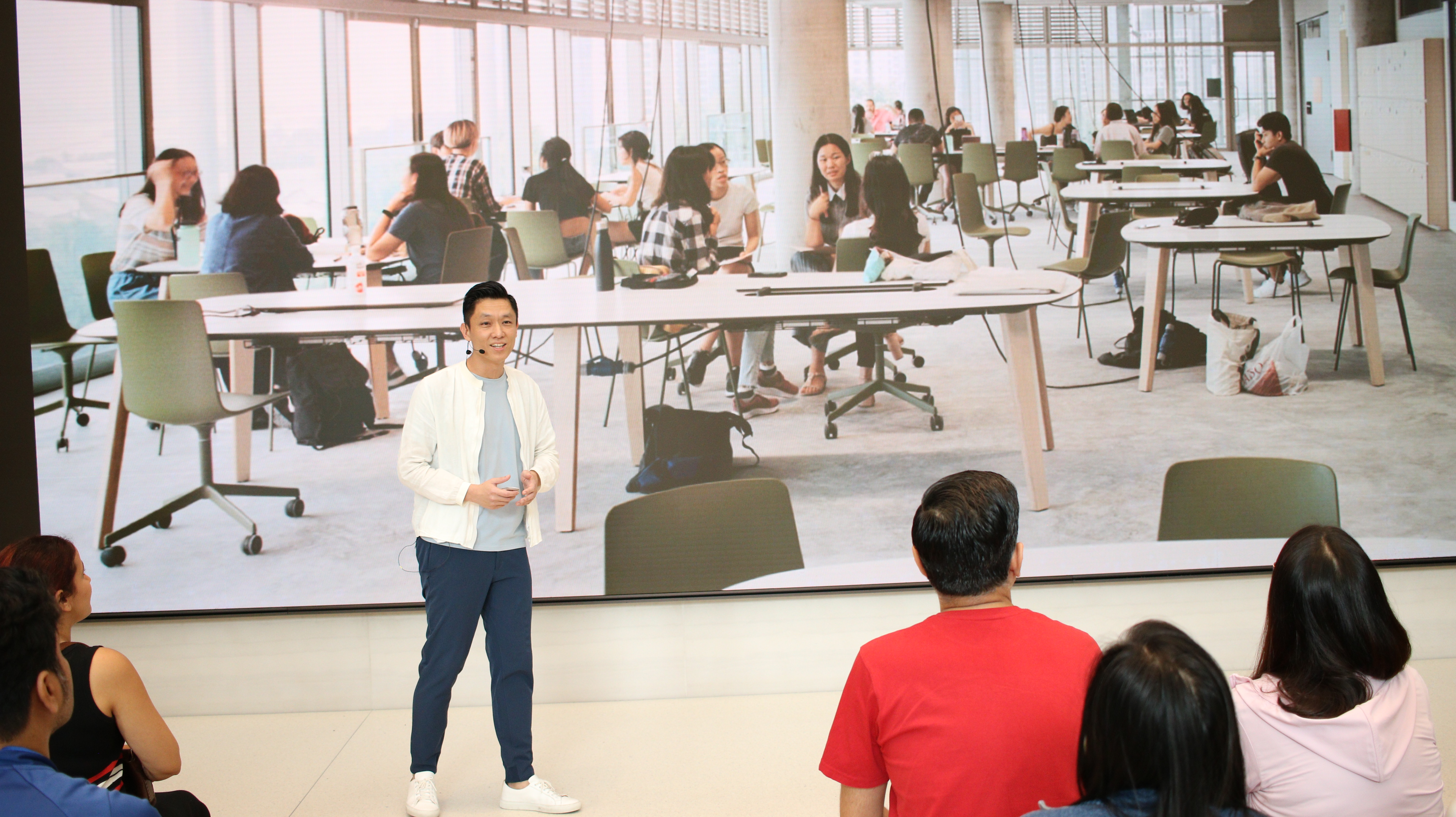
1. See weaknesses as opportunities for growth. As a boy, one of Hans’ weakest abilities was being creative. When he first decided to study Industrial Design in university, his mother was shocked. Yet she did not discourage him, and instead allowed Hans to grow beyond his weaknesses through his education and career.
2. See blemishes as a sign of character. When Hans looks in the mirror and sees lines on his face, he tells himself, "I have the chance to look wiser."
3. See limitations as strengths. Hans admitted that he is an "extreme introvert by nature", and is often nervous when talking to people. However, he has turned this vulnerability into a strength: "When you make friends, when you're honest with one another, when you're not afraid to be vulnerable with one another, you start building relationships."
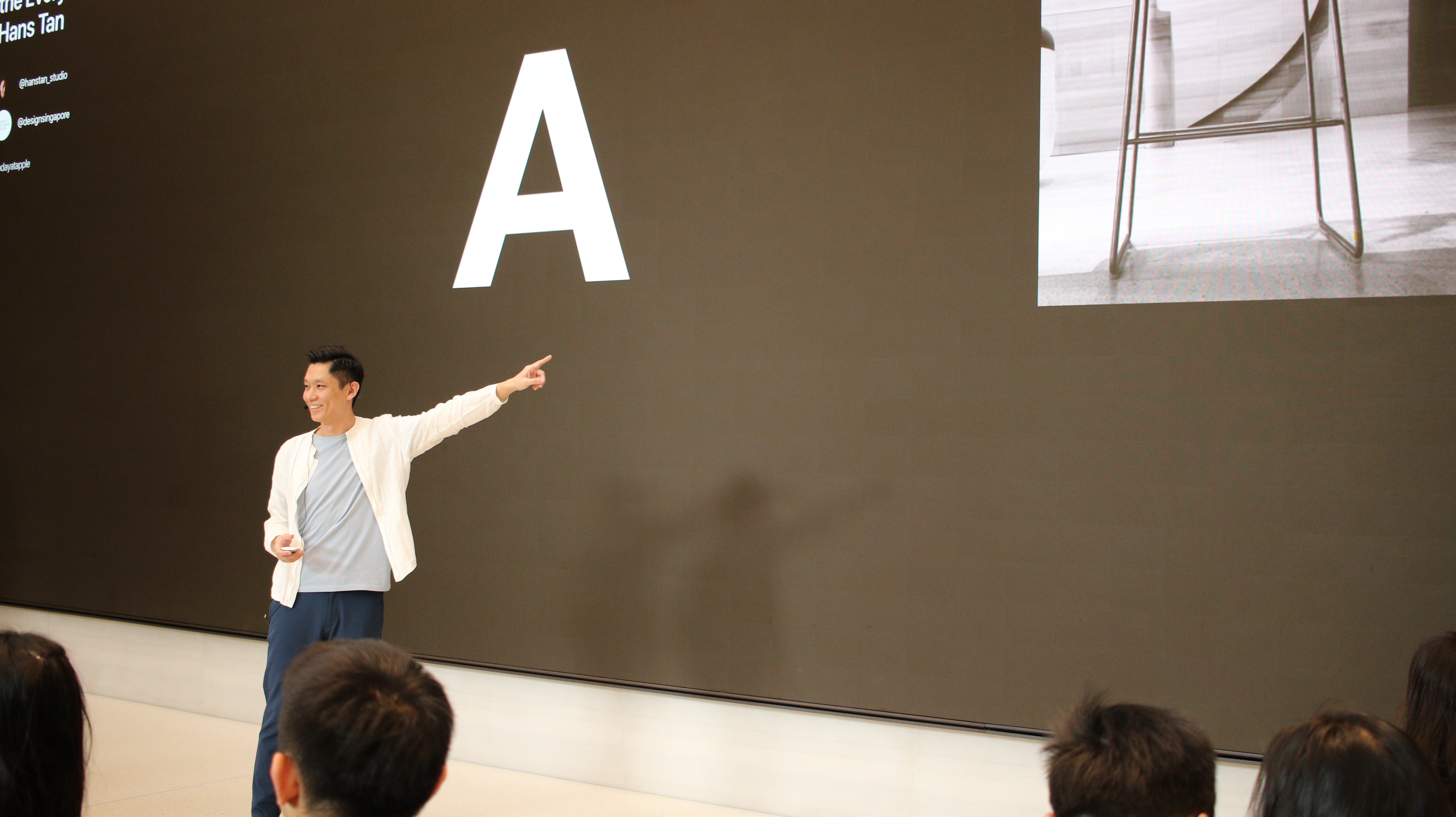
4. See criticism as feedback. Hans pointed out that that many organisations pay good money for feedback. So, when people criticise you, one should just take it as free feedback that can help you improve.
5. See failures as practice. Behind every success story lies many experiments and "failures". But failures are a form of practice, and "the more you practise, the better you get".
+++
Q&A with Hans Tan
How do you feel the workshop went?
Frankly, I was a bit apprehensive before the event, because I didn't know what people would come up with, without any background. But I think a lot of the participants were able to catch the principle behind the activity, and also able to execute it quite well. There were some works that were really good. My aim was really to get them to activate their sense of observation, to help them experience seeing things differently and the connection between their imagination and their eyes.
What are some of the challenges you've had to deal with in your career?
Design is always challenging. When you're asked to come up with something new, you don't have an end outcome to aim for. In my studio, we do a lot of work experimenting with materials and trying to come up with new ways or interpretations. While we are doing that, you can call almost every experiment a failure, because in order to push the capabilities of the material, we don't know what will happen. It's just about trying. So it's very non-linear and it's a very scary process. I think it's a very good approach to tell myself that when you're operating in the blind, it's natural and it's always an opportunity in itself. Because if you actually know where you're getting to, it's not new anymore. So the fear of the unknown is actually a norm for the designer. It's actually an opportunity to embrace.
What do you find interesting in the design scene?
It's very hard for me to answer the question because I don't read design magazines. I seldom visit design blogs. Because I know that when I keep looking at the interesting things that other people are doing, inevitably I might get influenced, at least subconsciously. Sometimes I consciously stay off looking at the trends of design, to at least keep a distance, to almost maintain some sense of naivety, in the way I approach my work. When I look for ideas, my first reaction is not to look at design, but to work within my environment to see what is there, to be inspired with the way people live, the way people behave. I do look at the design trends once I finish doing that, to make sure that what I do is different from what is out there.
What advice would you give to budding designers?
With each generation of new students, I ask them, what is your greatest fear? Recently one of the things I hear is that they are afraid to fail. In this generation where everything on Instagram looks perfect to them, they always see the highlight reel, but they really don't know the struggles everyone else is facing. So they might not be able to deal with failures very well. It's really important to know that when you make a mistake, it's actually part of the process, and then you try again, and again. Actually, you should try to make as many mistakes as you can, because you are learning from the mistakes that you've made. Every experiment you do is a mistake and you ask yourself, why didn't this work? Then you can progress to the next step.
+++
---
Article written by Julian Lim
